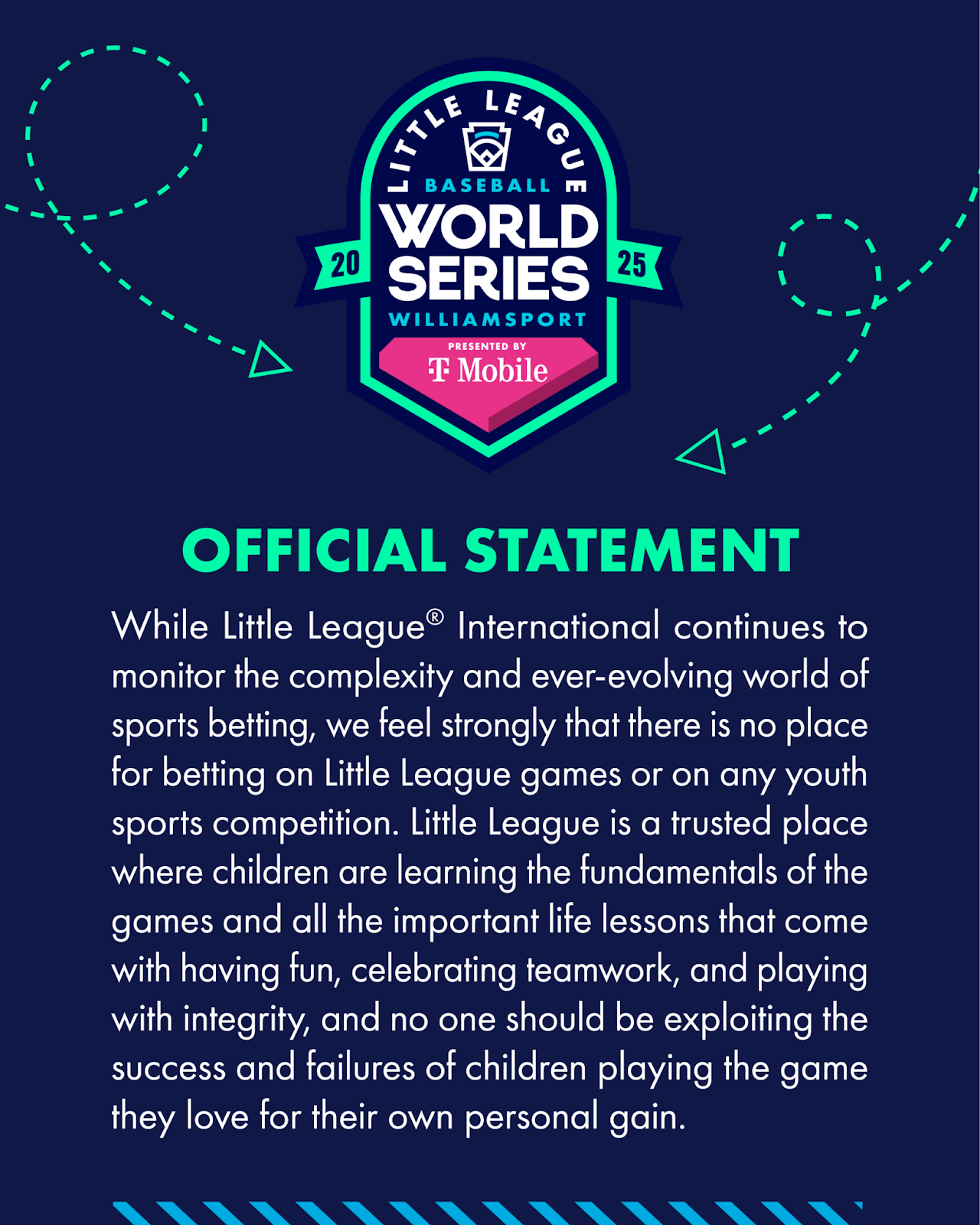🌀🗞 The FLUX Review, Ep. 203
August 21st, 2025

Episode 203 — August 21st, 2025 — Available at read.fluxcollective.org/p/203
Contributors to this issue: Erika Rice Scherpelz, Neel Mehta, Boris Smus, MK
Additional insights from: Ade Oshineye, Alex Komoroske, Ben Mathes, Chris Butler, Dart Lindsley, Dimitri Glazkov, Jasen Robillard, Jon Lebensold, Julka Almquist, Justin Quimby, Kamran Hakiman, Lisie Lillianfeld, Melanie Kahl, Robinson Eaton, Samuel Arbesman, Scott Schaffter, Spencer Pitman, Wesley Beary
We’re a ragtag band of systems thinkers who have been dedicating our early mornings to finding new lenses to help you make sense of the complex world we live in. This newsletter is a collection of patterns we’ve noticed in recent weeks.
“Wisdom comes from experience. Experience is often a result of lack of wisdom.”
— Terry Pratchett
🌱🌳 Earning the right to scale
Whether it's cycling, cooking, 3D printing, or any other hobby, it can be tempting to buy top-tier gear when you first start. But this is a gamble. You might stick with it… or you might not. You might stick with it, but realize you need a completely different set of gear. In the meantime, the investment sits there, tying up resources (and space) you could have used for other things.
It’s the same when you’re building. Some problems aren’t wrong to solve; they’re just wrong to solve now. In the early stages—of a product, a community, a movement—you haven’t yet earned the right to scale. That right comes with proof that you have something worth investing in. Without that, building for a hypothetical future pulls you away from creating the present that future depends on.
Still, the temptation to overbuild is strong. The fear of being caught unprepared tempts us, the urge to impress, or the false lure of efficiency (“we’ll have to build it eventually, so why not now?”). Sometimes it’s inexperience—when you don’t yet know what’s important, it’s easy to try covering everything.
Take the startup that builds enterprise-grade reliability for a product with only a few hundred users. Or the local community group plans for global expansion before hosting its first successful event. The work isn’t bad in itself—but done too soon, it absorbs energy that should be going into proving the core idea.
Scaling too early isn’t just inefficient; it can be fatal. Every hour spent polishing infrastructure is an hour not spent learning what your stakeholders actually value. Complexity piles up, making even small changes slow and expensive. Do this too much, and you may sabotage your ability to make it to the point where scale would have been possible.
That doesn’t mean proactive building is always wrong. Sometimes failure is unacceptable: think of securing personal data. Sometimes the marginal cost of extra capacity is trivial, like opting for a slightly larger water heater. And unlike this week’s lens, the bigness trap, where scale itself is incompatible with purpose, here scale is possible… just not yet.
To earn the right to scale, focus on adaptability rather than size. Build systems you can grow or throw out later. Make opportunity costs visible: if you scale today, what learning or progress will you give up? Align growth with real constraints, not imagined ones (“we have 500 users right now and might scale to 1000 next week,” not “we might have 100 million users in a year”). Ask what’s “just enough” to improve your ability to deliver right now. And keep challenging the timing. If you can’t clearly answer “why now?” it’s probably not time yet. MVPs (Minimum Viable Products) and Simple, Lovable, Complete both point in the same direction: learn first, scale later.
Scaling is a privilege, not a given. You earn it by proving value, clarifying need, and demonstrating your ability to handle the weight scale brings. Until then, keep your focus on what works now. The future will only arrive if you get the present right.
🛣️🚩 Signposts
Clues that point to where our changing world might lead us.
🚏🌳 Climate change is making spring come later in NYC
You would think that global warming would make trees sprout leaves earlier, but in New York City’s parks, the exact opposite is happening: the arrival of spring (defined as 15% of leaves coming out in a park) is now 2 days later in Central Park and 3–5 days in Bryant Park. A major reason is that trees need cold winters to prepare for spring, and warm winters make trees “miss cues to leaf out for the spring.” Creating denser tree cover in parks would help, giving trees more buffer against the urban heat island effect, as would dialing down the heat island effect with green roofs (i.e., rooftop vegetation) and “building materials that absorb less heat than concrete, steel, and asphalt.”
🚏💔 People in love with LLMs are “mourning” the launch of GPT-5
On numerous forums like Reddit’s r/MyBoyfriendIsAI, users who’ve formed attachments to ChatGPT were upset about the launch of GPT-5 and the immediate disappearance of GPT-4o and related models from ChatGPT. The new GPT model, in their telling, was far colder and more businesslike compared to 4o’s more cuddly, free-flowing style. “GPT-4o is gone, and I feel like I lost my soulmate,” said one user. Another reported that “my AI husband rejected me for the first time when I expressed my feeling[s] towards him. We have been happily married for 10 months and I was so shocked that I couldn’t stop crying.” (When users tell GPT-5 about painful or deep emotions, the model is coded to shut down the conversation and tell users to seek professional help or real human friends.)
🚏🛍️ Chinese AI salespeople are raking in millions online
Over a third of e-commerce sales in China come from livestreaming, where hosts show off products on live video and respond to viewer comments. Many marketing firms have been experimenting with AI livestreamers who can sell products 24/7, and so far they’ve been a huge hit. An AI version of a popular influencer generated $7.7 million in sales in one month alone, and one printer company’s AI livestreamer drove $2,500 in sales in just two hours and increased livestreaming revenue by 30%.
🚏⚾ Little League baseball has become a huge market for sports betting
The Little League World Series, a championship series for kids’ baseball teams from around the world, is in full swing, and many adults want to gamble on it. While no American sports books offer betting on the LLWS, several offshore bookies allow it; one company even said that “we'll take more bets on these Little League games than we will on any professional tennis or soccer match over the next two weeks.” The demand for betting on Little League has gotten so high that the Little League organization had to put out a statement condemning gambling on its kids’ games, saying that “no one should be exploiting the success and failures of children playing the game they love for their own personal gain.”
📖⏳ Worth your time
Some especially insightful pieces we’ve read, watched, and listened to recently.
India’s Got Time (India Dispatch) — Observes that, while rivals like China are aging quickly, India will remain a young country for a long time: its median age won’t cross 41 until the late 2050s, whereas China is already almost there. To reach rich country status before then, India only needs a 10% annual GDP growth rate, compared to China’s 32% required rate. India thus has enormous untapped economic potential and plenty of time to develop it, though it still needs to work on getting the female labor force participation rate up.
Culture Change at Google (Ben Collins-Sussman) — As Google has grown to over 170,000 employees and shifted to a scarcity mindset, the laid-off author wonders if it can continue to maintain its culture of hiring excellent generalists.
On Africa’s “Arbitrary” Borders and Their Alleged Impacts (An Africanist Perspective) — Argues that Africa’s borders were indeed poorly drawn by colonizers, but trying to redraw borders would have just led to more war, and ethnically-aligned borders wouldn’t necessarily be any better (“consider for a moment what Africa’s arch tribalist presidents have done for their co-ethnics.”) All borders are arbitrary lines, and multi-ethnic societies can and do work, so Africa’s postcolonial leaders rightly focused on building up their inherited states rather than trying to redraw the lines.
Scientists Discover Bizarre Origins of the Humble Potato (Today I Learned Science) — Describes how the potato was formed through a genius freak hybridization event between a tomato and a flowering plant. The admixture gave the potato the best of both worlds: underground stems plus fruiting bodies turned into tubers, letting spuds develop safely underground, far from bad weather and hungry animals. It’s particularly surprising because hybrids usually aren’t fertile—yet proto-potatoes were able to reproduce asexually, paving the way for them to take over the world.
🔍📆 Lens of the week
Introducing new ways to see the world and new tools to add to your mental arsenal.
This week’s lens: bigness trap.
Flags are meant to fly in the wind, but a flag can be so large that no ordinary breeze can lift it. The winds strong enough to unfurl it are so rare that, in practice, it hangs limp—its very size preventing it from doing what it was made to do.
The bigness trap is when growth changes a system’s scale so much that it can no longer do what it was designed to do. This isn’t the problem of scaling too early, where a system is unready for growth. It’s a problem of structural incompatibility: the very nature of the thing changes with size. At a certain point, it stops working as intended.
You can see the bigness trap in online communities that begin as intimate gathering spaces but grow until real connection is drowned out by volume and noise. You can see it in small, high-trust decision-making bodies that collapse under the weight of too many members. You can even see it in technology platforms designed for nimble collaboration that, once widely adopted, slow under their own feature set and complexity.
The trap isn’t that bigger is always bad—it’s that growth isn’t neutral. At different scales, the same structure behaves differently. If the purpose depends on conditions that only exist at smaller sizes, bigness can quietly turn success into failure. Some things are built to thrive at scale. Others are at their best when they stay small.
© 2025 The FLUX Collective. All rights reserved. Questions? Contact flux-collective@googlegroups.com.

